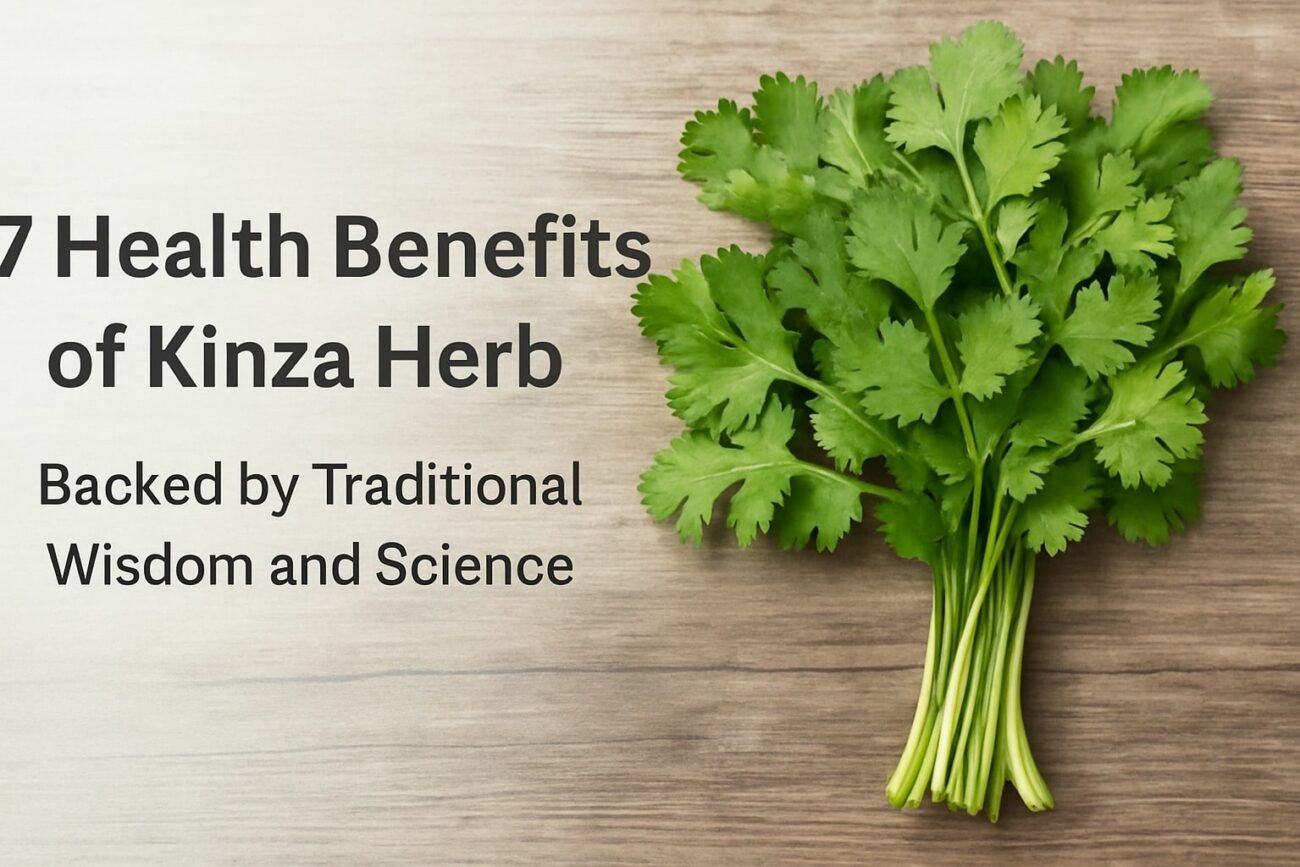In recent years, there’s been growing interest in natural herbs that offer both flavor and health benefits. Among these, the Kinza herb stands out—not just for its bright, refreshing taste but also for its long-standing role in traditional healing systems. Whether you’re exploring herbal wellness or looking to expand your kitchen garden, Kinza is a name you’ll want to remember.
This guide explains everything you need to know about the Kinza herb—its origins, health benefits, culinary uses, and how it fits into modern living—backed by expert writing standards, natural tone, and user-focused value.
What Is Kinza Herb?
Kinza is a regional name commonly used in South Asia, the Middle East, and North Africa for what is globally recognized as coriander leaves or cilantro (botanical name: Coriandrum sativum). While the plant’s leaves are used fresh, the seeds—known as coriander—are used as a dried spice.
- Kinza = Fresh green leaves
- Coriander = Dried seeds
- Cilantro = Common English term in the U.S. for Kinza leaves
Despite its different names, it’s the same plant, prized for its aroma, flavor, and therapeutic value.
A Herb With Deep Roots
Kinza has been used for centuries in traditional medicine systems including:
- Ayurveda (India): Balancing digestion, reducing heat, supporting skin.
- Unani Medicine: Cooling the body and treating inflammation.
- Ancient Egyptian and Greek Cultures: Used for stomach ailments and flavoring food.
Its widespread use across continents points to its versatility and trust earned over generations.
Nutritional Profile
Kinza is more than just a garnish—it’s rich in nutrients that support health naturally.
| Nutrient | Benefit |
| Vitamin C | Supports immunity & skin repair |
| Vitamin K | Crucial for bone health & blood clotting |
| Potassium | Helps regulate blood pressure |
| Linalool (Essential oil) | Anti-inflammatory & calming |
| Antioxidants | Fight oxidative stress in the body |
These natural compounds are what make Kinza useful in both the kitchen and holistic health.
Health Benefits Of Kinza Herb
Improves Digestion
Kinza has long been used as a digestive aid. It helps reduce bloating, supports liver function, and may calm indigestion. Its fiber content and natural oils promote a healthy gut.
Detoxifying Properties
Studies suggest coriander leaves may help bind to heavy metals like mercury and lead, helping your body eliminate them. While not a replacement for medical detox, it can support natural cleansing.
Reduces Inflammation
Kinza’s anti-inflammatory compounds such as quercetin and cineole may help reduce symptoms in conditions like arthritis, skin allergies, and even seasonal colds.
Supports Blood Sugar Balance
Preliminary research has shown that coriander extracts may help regulate blood sugar levels, making it useful for people managing early-stage metabolic conditions. Always consult a doctor before using herbs for blood sugar control.
Fights Bacteria & Fungi
The essential oils in Kinza have been found to fight off certain bacteria and fungi, which can be useful in protecting food and boosting overall immunity.
How To Use Kinza Herb In Daily Life
Kinza is easy to add to your meals and natural remedies:
- Chopped Fresh Leaves: Add to soups, curries, salads, and chutneys.
- Kinza Tea: Boil fresh leaves with water and sip to ease digestion.
- Herbal Skin Toner: Infuse leaves in rose water and apply for skin soothing.
- Smoothie Add-in: Blend into green smoothies for extra nutrients.
Tip: Kinza loses flavor quickly after harvest. Use it fresh, or store in an airtight container in the fridge for up to 3 days.
Safety And Considerations
While Kinza is generally safe, it’s important to be aware of a few points:
| Condition | Precaution |
| Allergies | Rare, but some individuals are allergic to coriander |
| Pregnancy/Breastfeeding | Safe in food amounts; avoid large doses |
| Blood Sugar Medication | Monitor closely; may enhance blood sugar reduction |
Always speak with a healthcare provider if using herbal remedies regularly, especially if you have a medical condition.
Kinza In Culture And Cuisine
Across cultures, Kinza plays a flavorful and symbolic role:
- Pakistan & India: Essential in chutneys, biryani, and lentils.
- Morocco: Used in tagines and couscous.
- Mexico: Known as cilantro—vital in salsa, tacos, and guacamole.
- Middle East: Found in herb mixes, rice dishes, and healing teas.
This universal presence across cuisines shows just how valued Kinza is, both for its taste and healing potential.
Final Thoughts
The Kinza herb is not just another kitchen ingredient—it’s a symbol of tradition, health, and flavor. Rich in nutrients, gentle in action, and easy to use, Kinza offers a natural way to support wellness without the need for harsh interventions.
Whether you’re a home cook, herbal enthusiast, or simply health-conscious, Kinza deserves a permanent spot in your pantry—and your life.
FAQ’s:
Is Kinza The Same As Parsley?
No. They look similar, but kinza (coriander) has a distinct citrusy smell, while parsley is milder.
Can Kinza Help With Weight Loss?
Indirectly, yes—it supports digestion and detox, which are important for a healthy metabolism.
How Often Should I Eat Kinza?
Daily use in small amounts (a few tablespoons) is considered safe and beneficial.
Hungry for more? Head over to my website for fresh articles.
